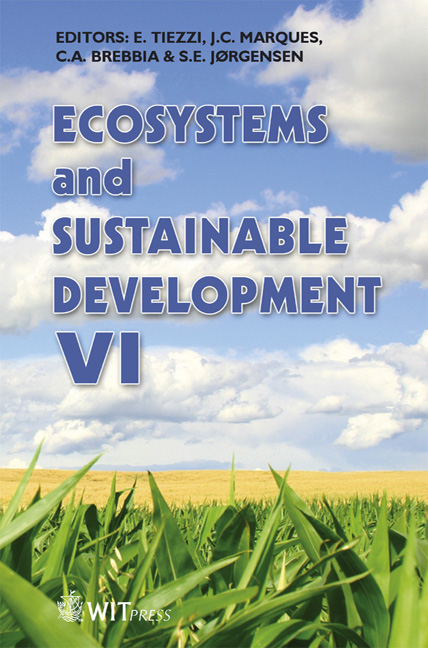A Phenological Model For The Soybean
Price
Free (open access)
Transaction
Volume
106
Pages
8
Published
2007
Size
262 kb
Paper DOI
10.2495/ECO070091
Copyright
WIT Press
Author(s)
A. Confalone, Y. Villacampa, J. A. Reyes, F. García-Alonso & F. Verdú
Abstract
Predicting the time of soybean flowering is a critical step for crop management practices and for the development of crop models. The main objective of this study was to quantify the effect of the photoperiod and of temperature on the duration of the different phenological periods (flowering, first pod and physiological maturity), and to evaluate the response of a simple linear model for predicting phenological periods in Azul, centre of Buenos Aires, Argentina. It also used the methodology defined in the work of Summerfield et al. (Measurement and prediction of flowering in soybeans in fluctuating field environments. In: World Soybean Research Conference 4, 1989, Buenos Aires. Argentina Soybeans Association, 1989. pp. 82-87) which generates families of mathematical models with non-linear parameters and includes the study of linear models to obtain other models. Finally the sensitivity of the models to the variations produced by the experimental data was studied by applying the methodology used in Summerfield et al., Verdu and Villacampa (A computer program for a Monte Carlo analysis of sensitivity in equations of environmental modelling obtained from experimental data. Advances in Engineering Software. Vol. 33, Nº 6. pp.351-359, 2002) and Verdu and Villacampa (A Computational algorithm for the multiple generation of nonlineal mathematical models and stability study. Advances in Engineering Software. In Press). This allowed the model to be selected according to the criteria. Keywords: soybean, photoperiod, temperature, development, modelling, stability.
Keywords
soybean, photoperiod, temperature, development, modelling, stability.





